Pacific pavilions: Doug Aitken and Parley for the Oceans take art under the waves
Watch Doug Aitken’s Underwater Pavilions come to life in this film. Courtesy of the artist, Parley for the Oceans and The Museum of Contemporary Art, Los Angeles
Clad in wetsuits and flippers, a line of art enthusiasts waddle their way along the shore of California’s Santa Catalina Island, 22 miles from Los Angeles, before easing themselves into the turquoise waters. Their destination is Californian artist Doug Aitken’s latest work, a series of three geometric pavilions hidden from view below the ocean’s surface just a few minutes swim away.
With oxygen tanks and masks in place, they descend beneath the surface where among kelp forests and shoals of multicoloured fish, they encounter three geodesic spheres floating at different depths, about five, ten and 50 feet below the surface. Divers can swim inside and around their open structures, reflected in mirrored panels that glow in the sunlight, changing the pavilions’ appearance with the tides, currents, and movements of visiting sea life.
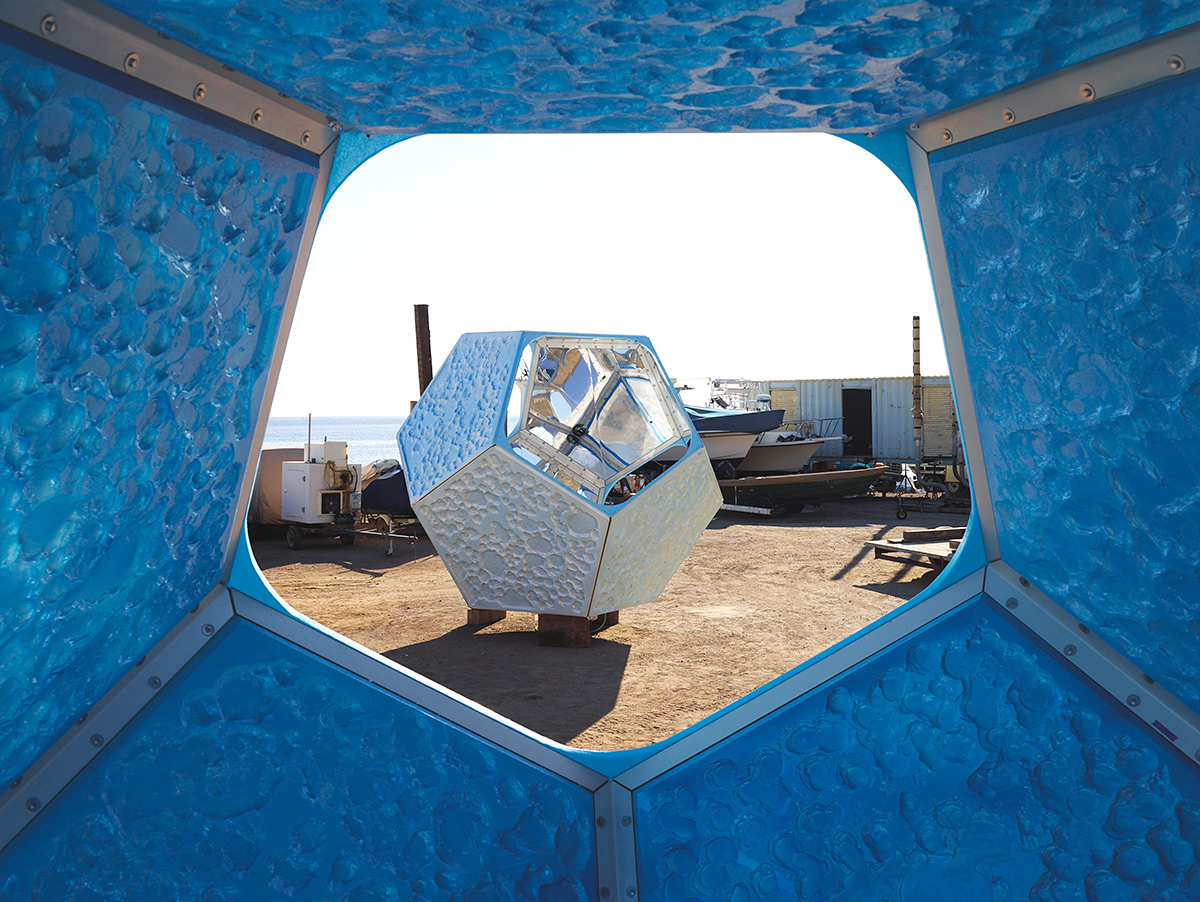
One of the prismatic modules on dry land, before it was submerged in the ocean
The installation, which coincides with Aitken’s 20-year home survey at LA’s MOCA, 'Doug Aitken: Electric Earth', is the result of a year-long period of research and consultation with environmental group Parley for the Oceans, who called upon its network of marine experts, scientists and engineers. Experts including renowned oceanographer Sylvia Earle and submarine builder Liz Taylor ensured that the pavilions were pressure tested, neutrally buoyant and tough enough to withstand life underwater.
‘The project came to life a year ago,’ recalls Parley for the Oceans founder Cyrill Gutsch. ‘I was about to start a new programme at Parley called "Parley Deep Space" and I was visiting NASA in Pasadena to discuss the idea of connecting the space community with the ocean community to redesign and reinvent the idea of exploration. But on the way back from NASA I met Doug at his studio. He put these sketches on the table and I realised that true exploration happens in our mind and in our imagination, and I just wanted to make what I saw happen; and that was it. For us it was the beginning of a new chapter. With Parley Deep Space we want to change how people see the sea.’

The structures are geometric in design.
Since its inception in 2012, Parley has been working with creators, thinkers and leaders to raise awareness about ocean plastic pollution, overfishing and climate change, while also implementing interception and clean-up operations. A long-term collaboration with Adidas has already born two products; a mass-produced running shoe and football jerseys made from up-cycled marine plastic waste collected from the Maldives.
The collaboration on the Underwater Pavilions allows Parley to initiate a conversation about ocean conservation with a wider audience while also encouraging people to physically connect with the ocean – a goal the organisation shares with Aitken.

The environments created in and by the sculptures constantly change with the currents and the time of day.
‘I found myself really restless with the way that art only exists inside architecture,’ says Aitken. ‘We live in such an expansive world right now, it’s moving so fast with so many options that the idea of constraint should be opened. I wanted to make something that would allow the viewer to step under the ocean and penetrate the surface. That’s where our dialogue with Parley came from; a shared interest in the ocean and a different way of working.’
As well as their multiple mirrored surfaces, the prismatic structures feature rock-like, hand-carved composite panels designed to foster marine growth that can be observed by anyone around the world thanks to a live feed streamed by a network of cameras installed within the structures. When the pavilions’ time at Santa Catalina Island is up they will move on to the Maldives, although no time frames have been set yet.
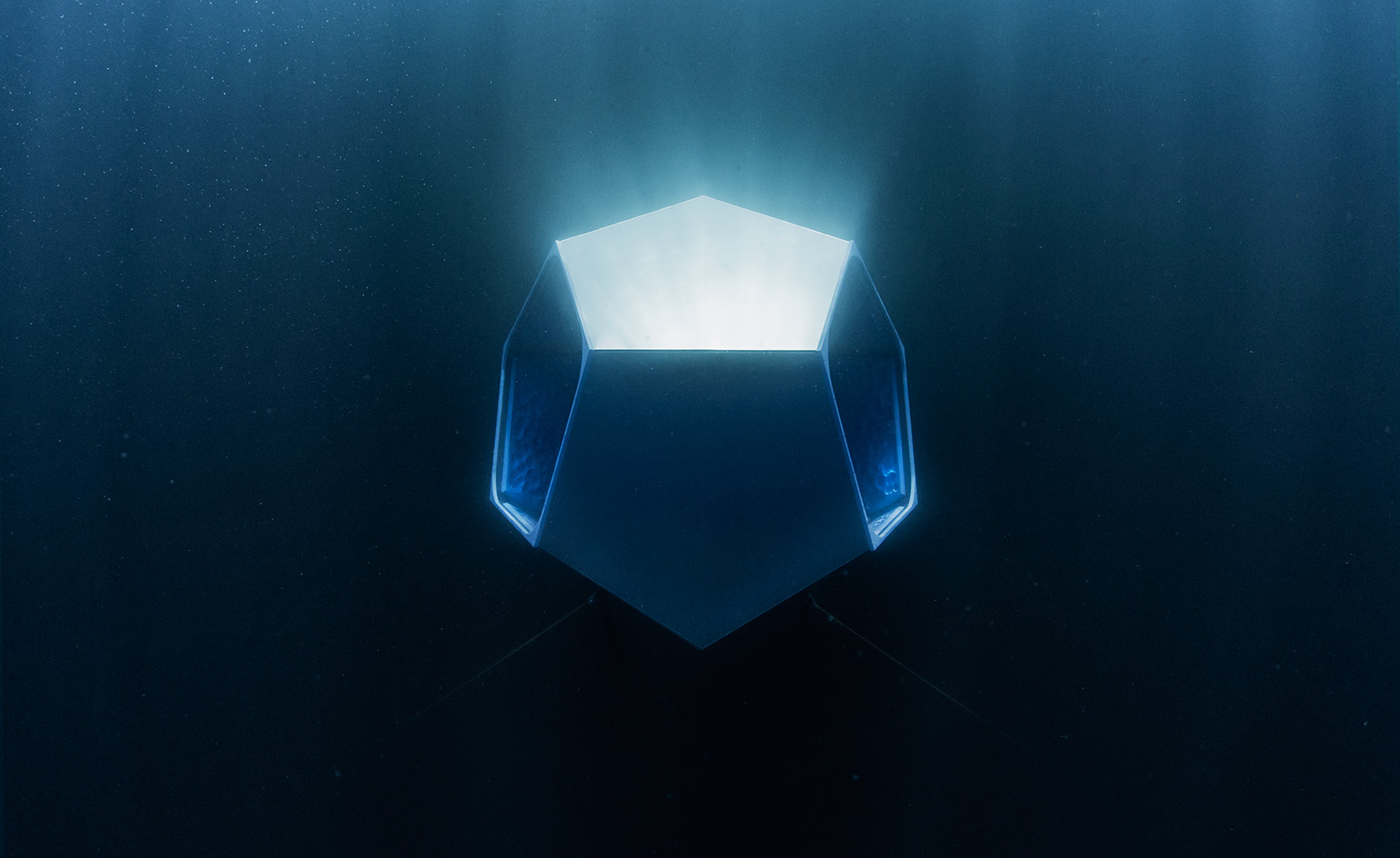
The installation creates huge reflective abstractions underwater.
‘It’s an exploration into the idea of something that is living, something that is forever changing, constantly in flux,’ says Aitken. ‘That’s what’s really interesting for me, that art can be living. As we see art as this increasingly capitalist system where everything is commodified, it is possible to have other alternatives. Suddenly we can take the oceans of the world and turn them inside out and give anyone access. It’s democratising the experience and providing an aperture into a forbidden realm.’
Receive our daily digest of inspiration, escapism and design stories from around the world direct to your inbox.
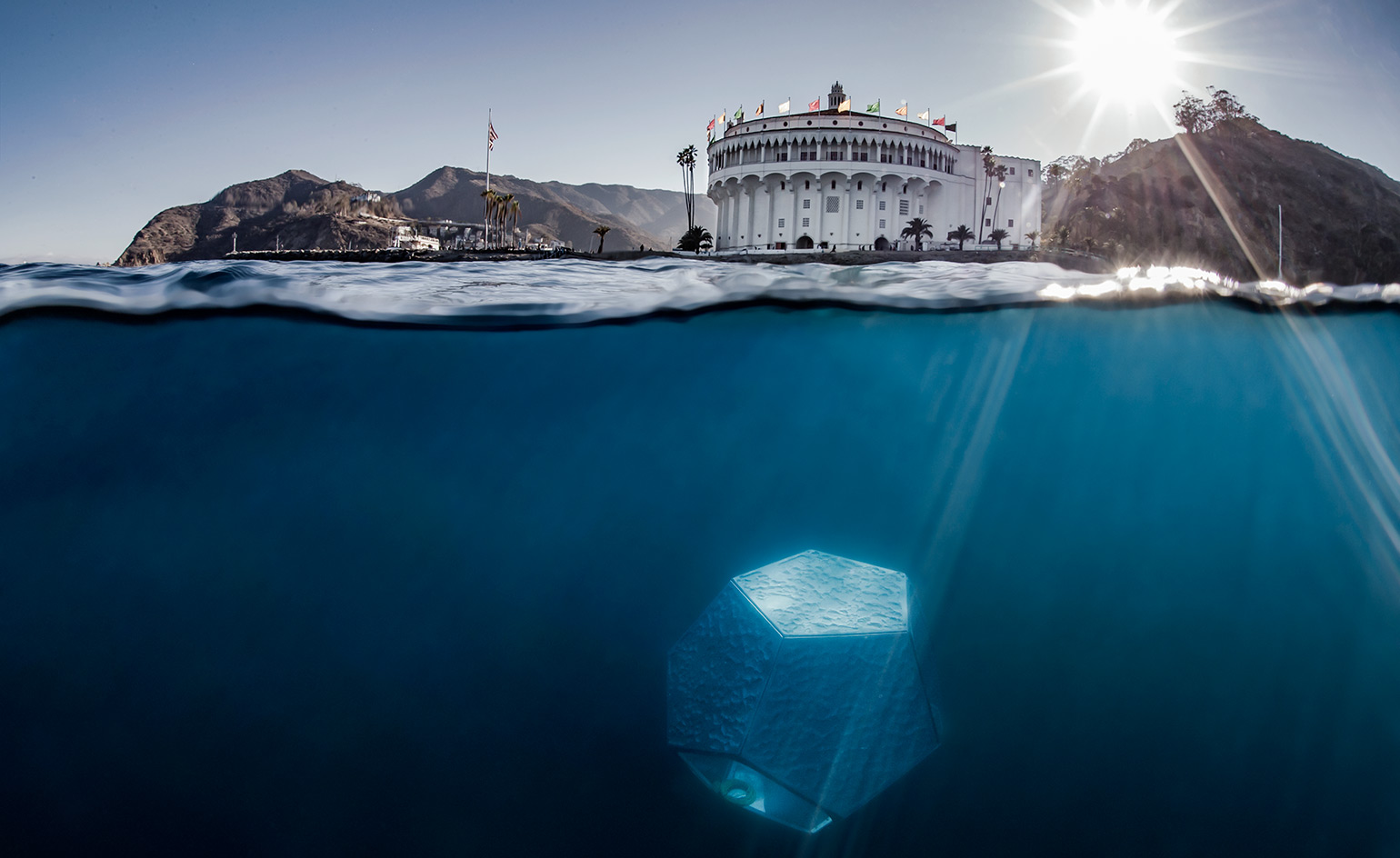
The large-scale project is installed off the coast of southern California on Catalina Island.

Part of each sculpture is mirrored to reflect the underwater seascape and create a kaleidoscopic observatory for the viewer, while other surfaces are rough and rock- like.
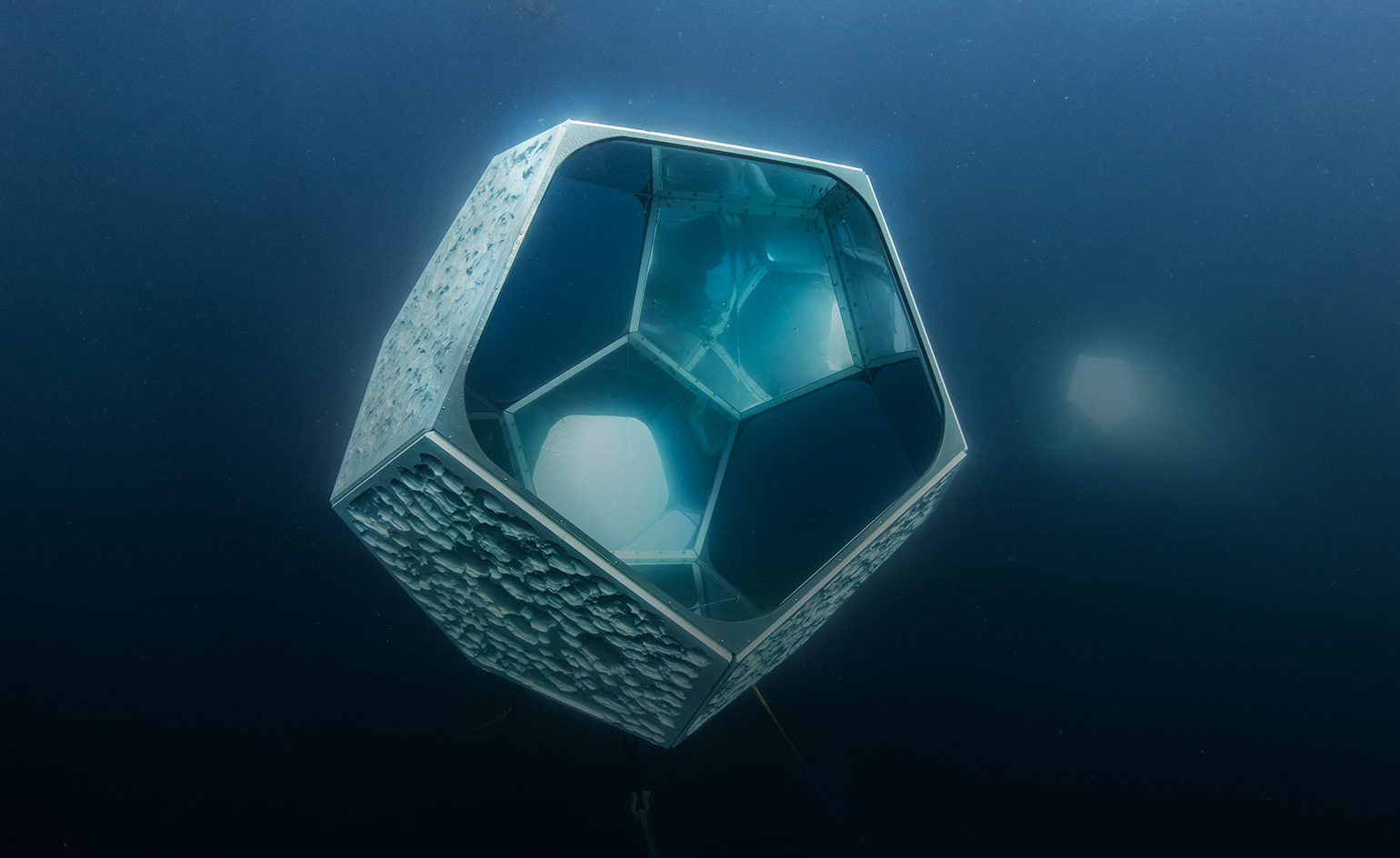
The work ’operates as an observatory for ocean life, creating a variety of converging perceptual encounters’.

Artist Doug Aitken (left) and Parley for the Oceans founder Cyrill Gutsch.
INFORMATION
For more information, visit the Underwater Pavilions website
Ali Morris is a UK-based editor, writer and creative consultant specialising in design, interiors and architecture. In her 16 years as a design writer, Ali has travelled the world, crafting articles about creative projects, products, places and people for titles such as Dezeen, Wallpaper* and Kinfolk.
-
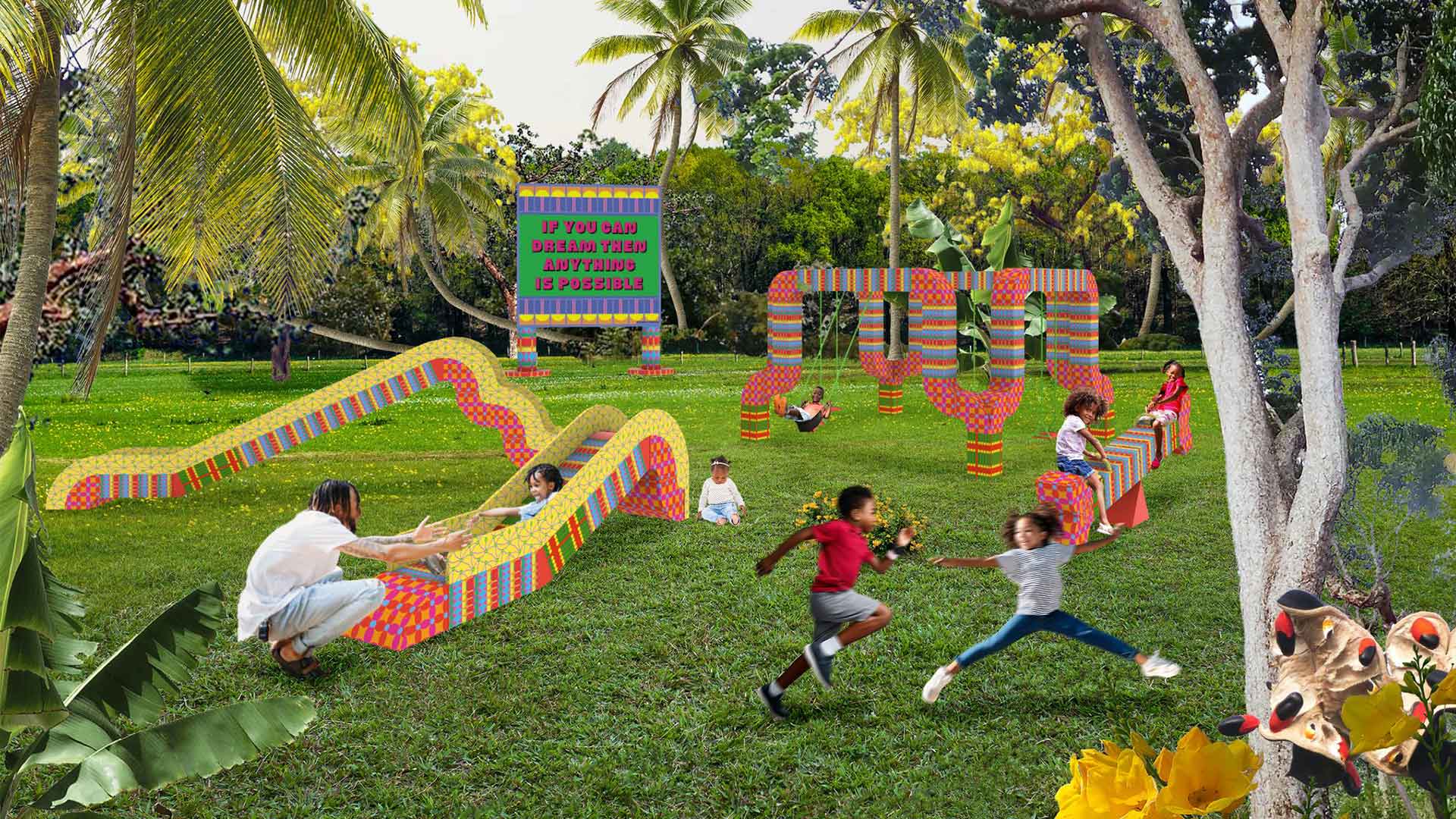 Yinka Ilori’s new foundation is dedicated to play and joy: ‘Play gave me freedom to dream’
Yinka Ilori’s new foundation is dedicated to play and joy: ‘Play gave me freedom to dream’Today, artist and designer Yinka Ilori announced the launch of a non-profit organisation that debuts with a playscape in Nigeria
-
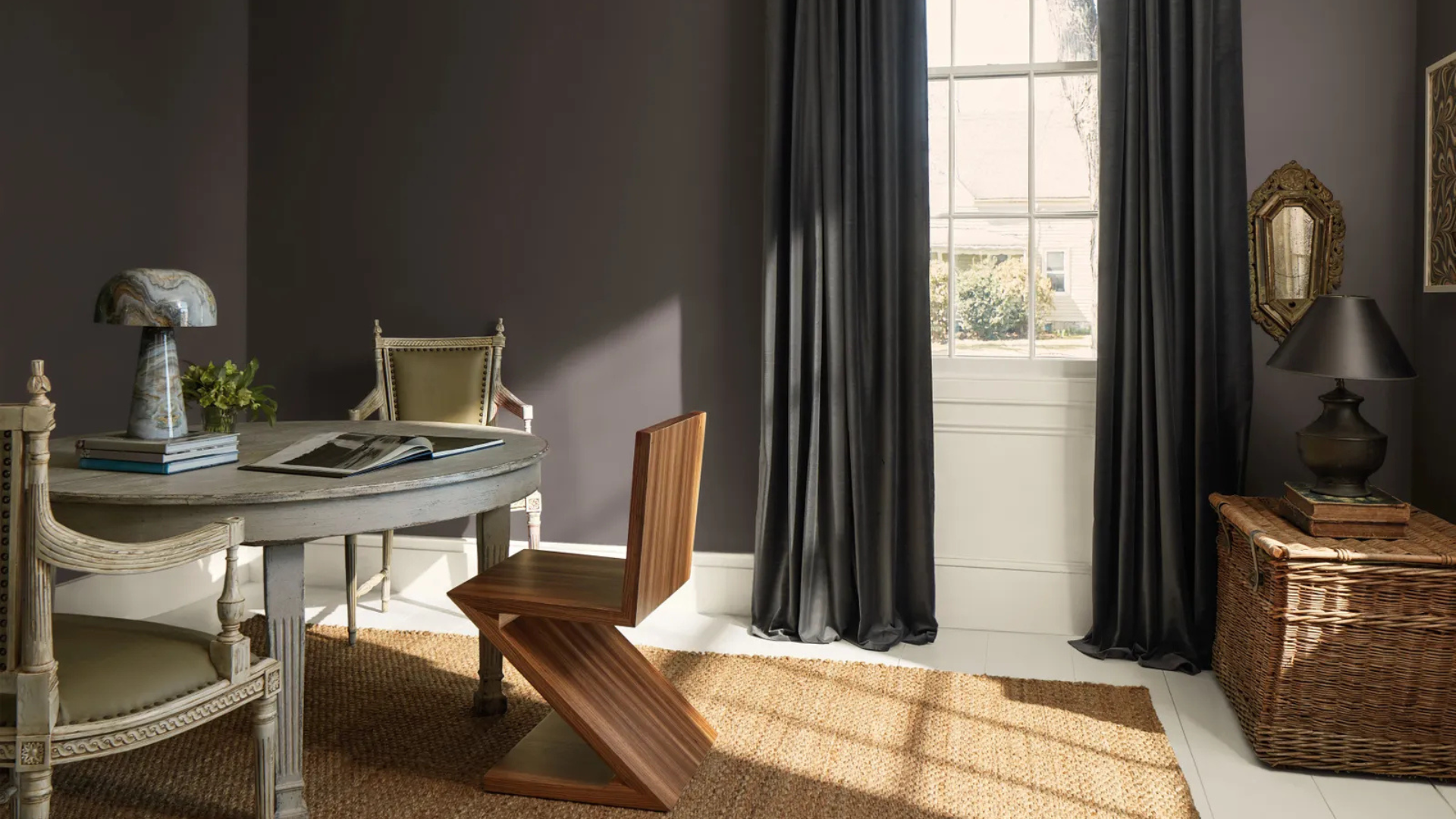 Benjamin Moore's 2026 colour of the year is here — and it's a perfect balance of 'comfortable and chic'
Benjamin Moore's 2026 colour of the year is here — and it's a perfect balance of 'comfortable and chic'Silhouette AF-655, a soft mocha-charcoal hue, draws inspiration from classical suiting and timeless interiors
-
 Elmgreen & Dragset on creating a surreal cinema for Prada Mode in London: ‘You are never alone’
Elmgreen & Dragset on creating a surreal cinema for Prada Mode in London: ‘You are never alone’Populated with a series of hyper-realistic figures, ‘The Audience’ is an immersive new work by the Scandinavian duo, providing the centrepiece of Prada Mode, the house’s roving private members’ club
-
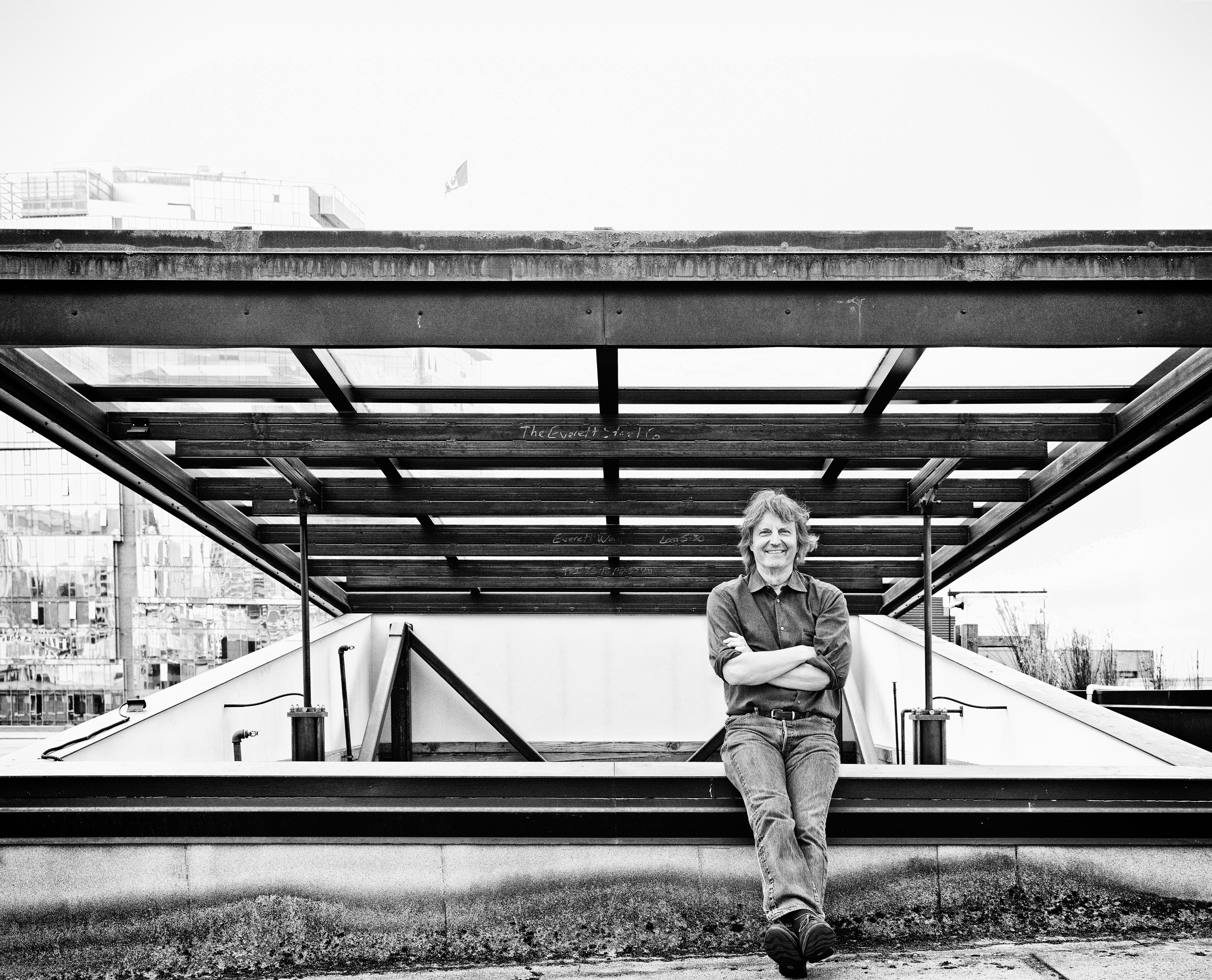 Explore Tom Kundig’s unusual houses, from studios on wheels to cabins slotted into boulders
Explore Tom Kundig’s unusual houses, from studios on wheels to cabins slotted into bouldersThe American architect’s entire residential portfolio is the subject of a comprehensive new book, ‘Tom Kundig: Complete Houses’
-
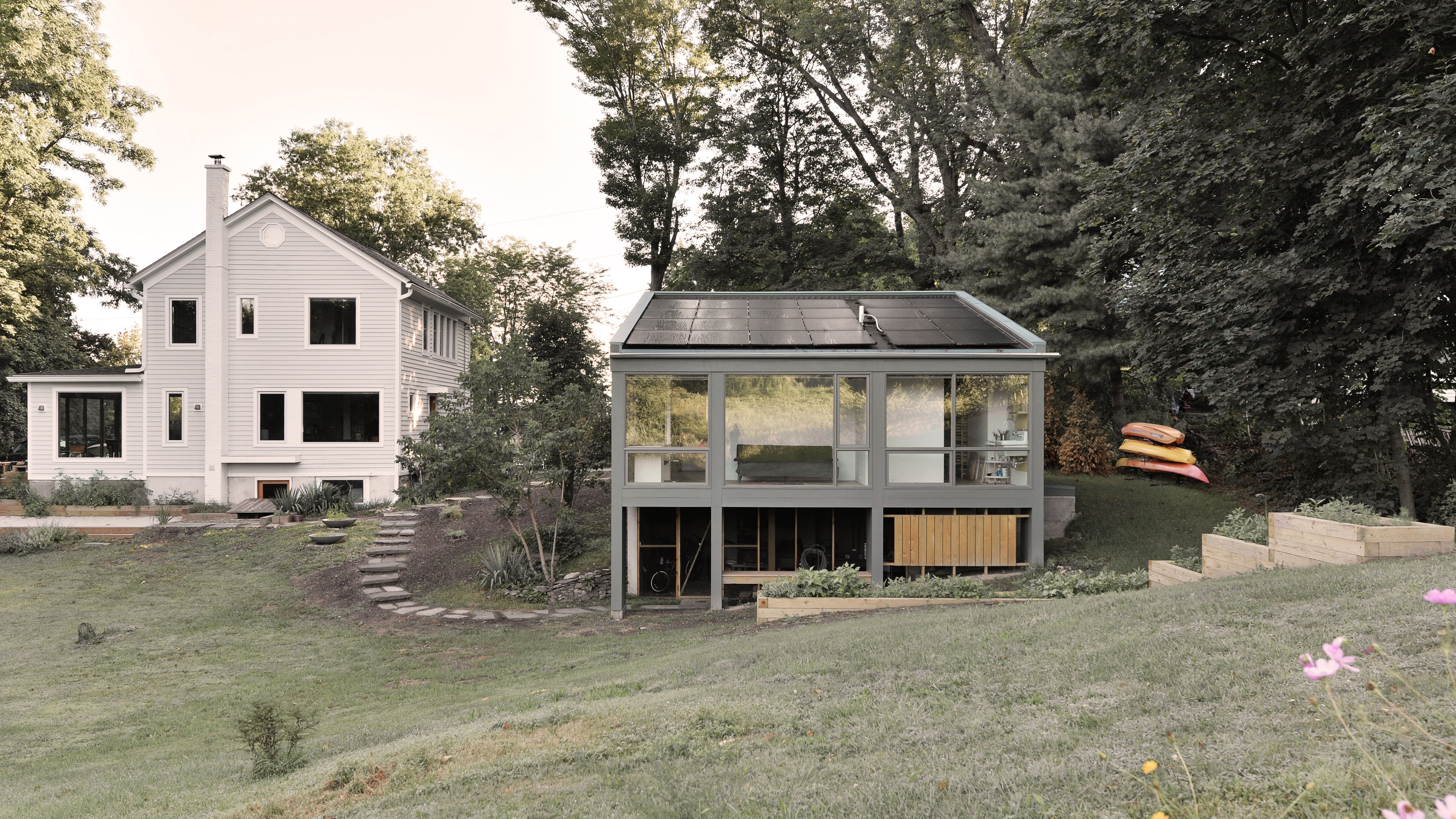 Ballman Khaplova creates a light-filled artist’s studio in upstate New York
Ballman Khaplova creates a light-filled artist’s studio in upstate New YorkThis modest artist’s studio provides a creative with an atelier and office in the grounds of an old farmhouse, embedding her practice in the surrounding landscape
-
 The most important works of modernist landscape architecture in the US
The most important works of modernist landscape architecture in the USModernist landscapes quite literally grew alongside the modern architecture movement. Field specialist and advocate Charles A. Birnbaum takes us on a tour of some of the finest examples
-
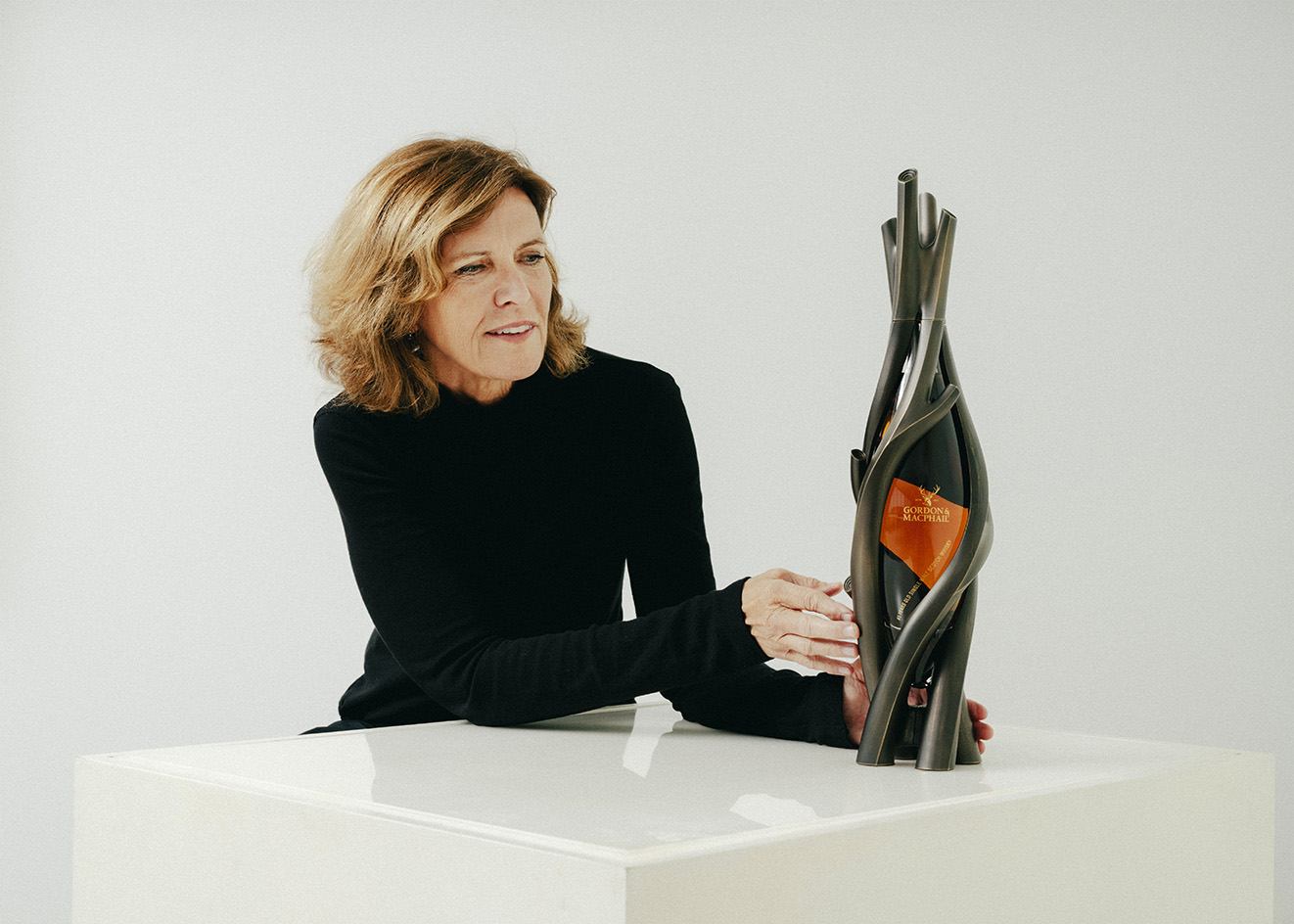 Jeanne Gang’s single malt whisky decanter offers a balance ‘between utility and beauty’
Jeanne Gang’s single malt whisky decanter offers a balance ‘between utility and beauty’The architect’s whisky decanter, 'Artistry in Oak', brings a sculptural dimension to Gordon & MacPhail's single malt
-
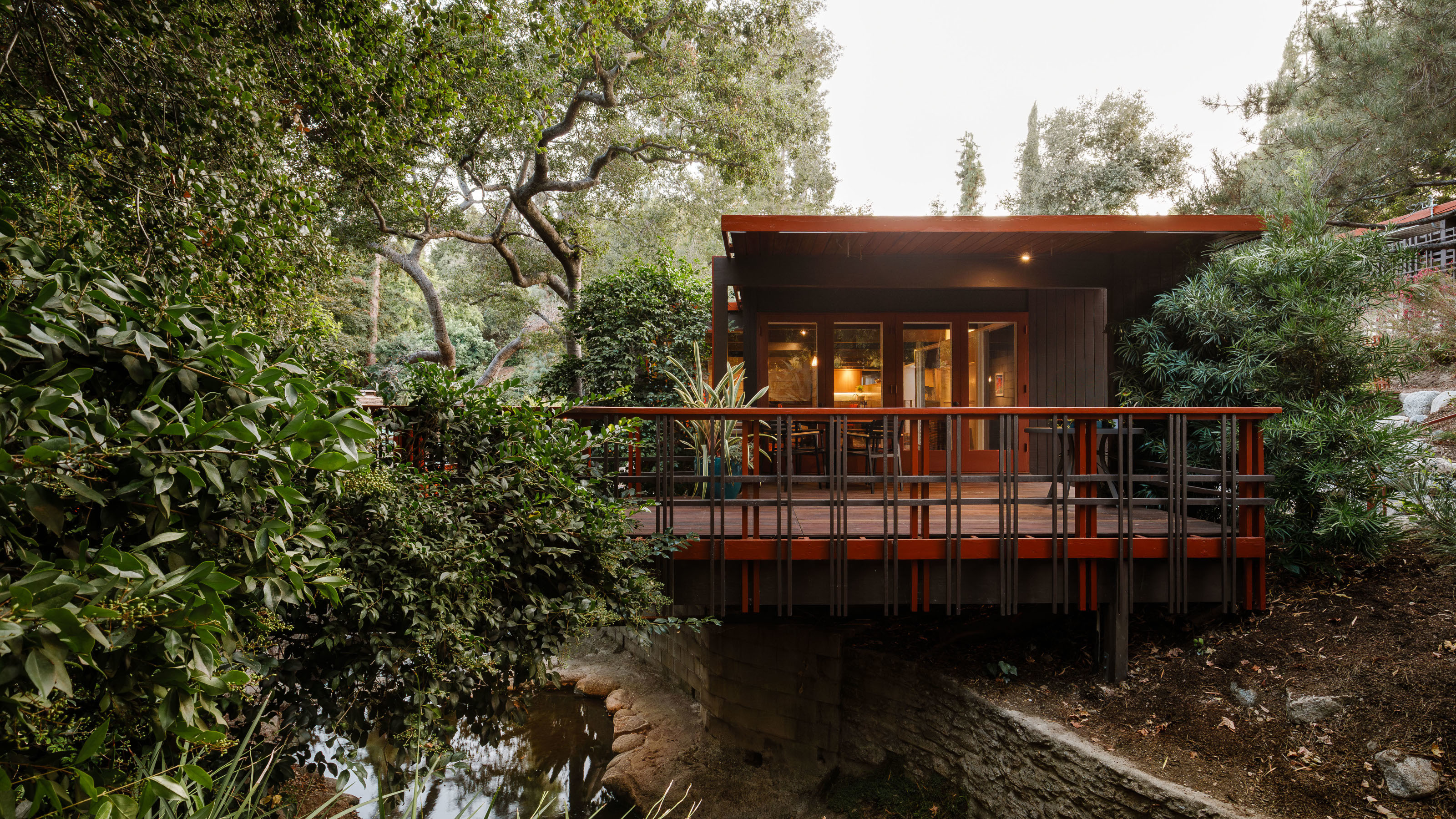 An idyllic slice of midcentury design, the 1954 Norton House has gone on the market
An idyllic slice of midcentury design, the 1954 Norton House has gone on the marketNorton House in Pasadena, carefully crafted around its sloping site by Buff, Straub & Hensman, embodies the Californian ideal of the suburban modern house embedded within a private landscape
-
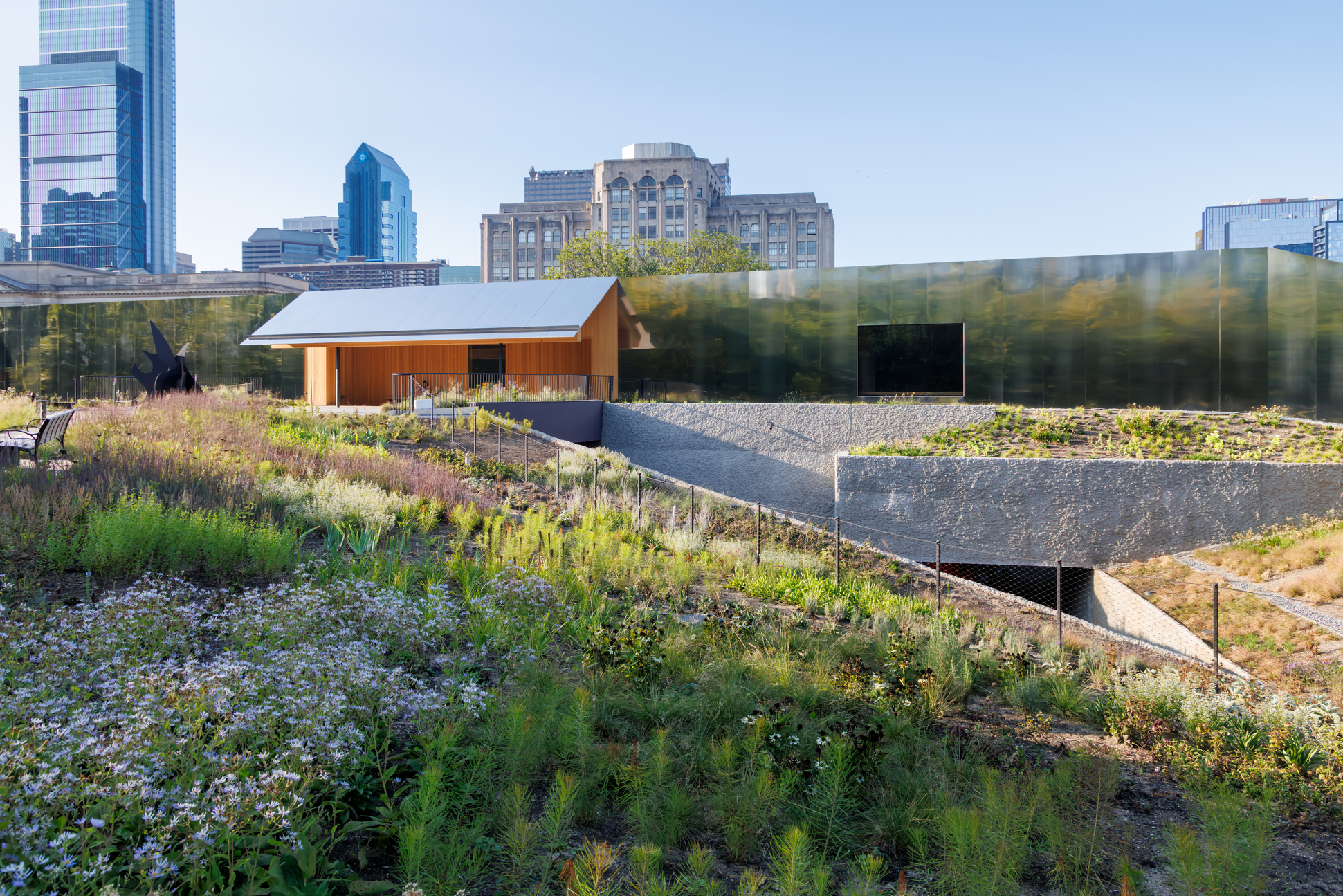 Herzog & de Meuron and Piet Oudolf unveil Calder Gardens in Philadelphia
Herzog & de Meuron and Piet Oudolf unveil Calder Gardens in PhiladelphiaThe new cultural landmark presents Alexander Calder’s work in dialogue with nature and architecture, alongside the release of Jacques Herzog’s 'Sketches & Notes'. Ellie Stathaki interviews Herzog about the project.
-
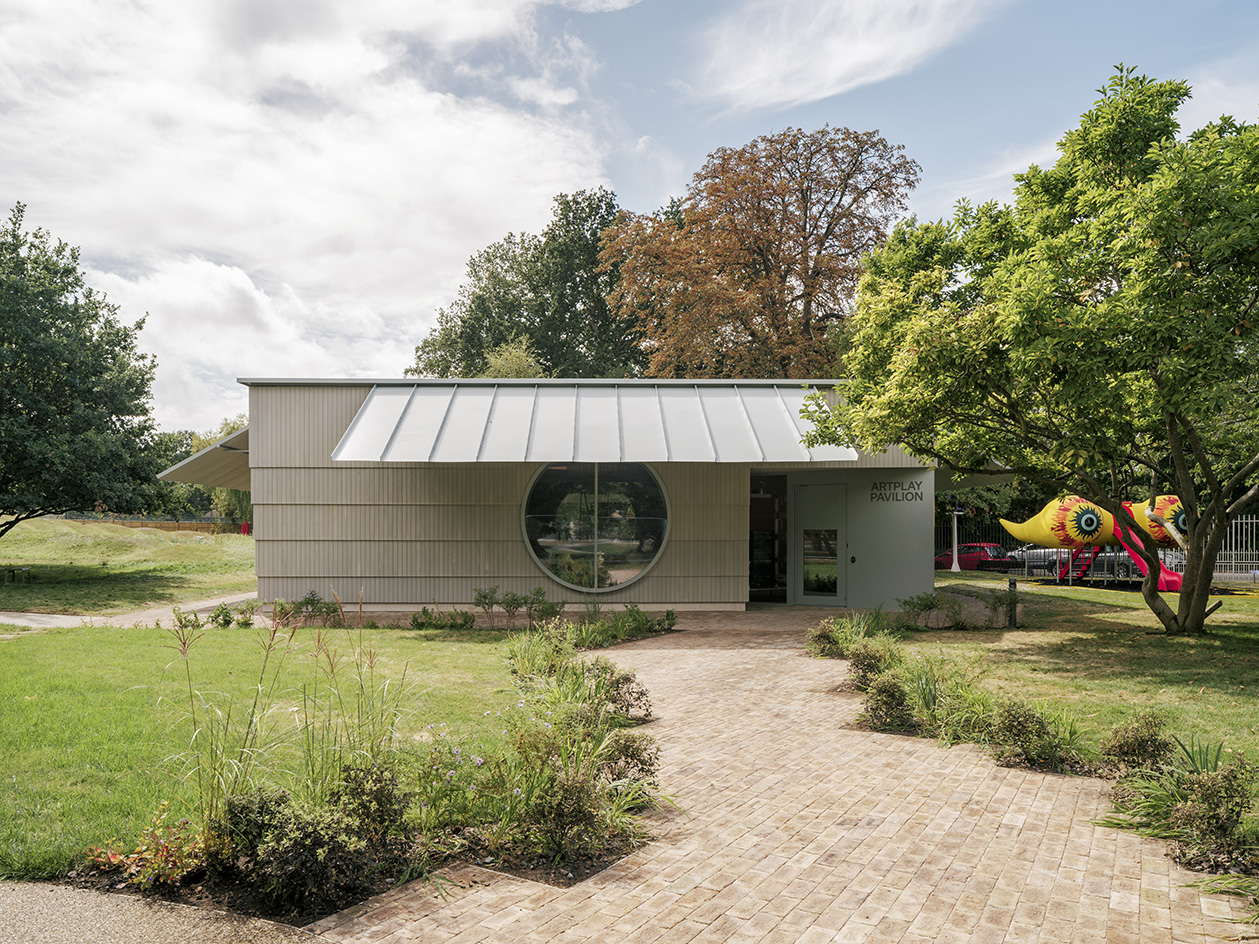 Slides, clouds and a box of presents: it’s the Dulwich Picture Gallery’s quirky new pavilion
Slides, clouds and a box of presents: it’s the Dulwich Picture Gallery’s quirky new pavilionAt the Dulwich Picture Gallery in south London, ArtPlay Pavilion by Carmody Groarke and a rich Sculpture Garden open, fusing culture and fun for young audiences
-
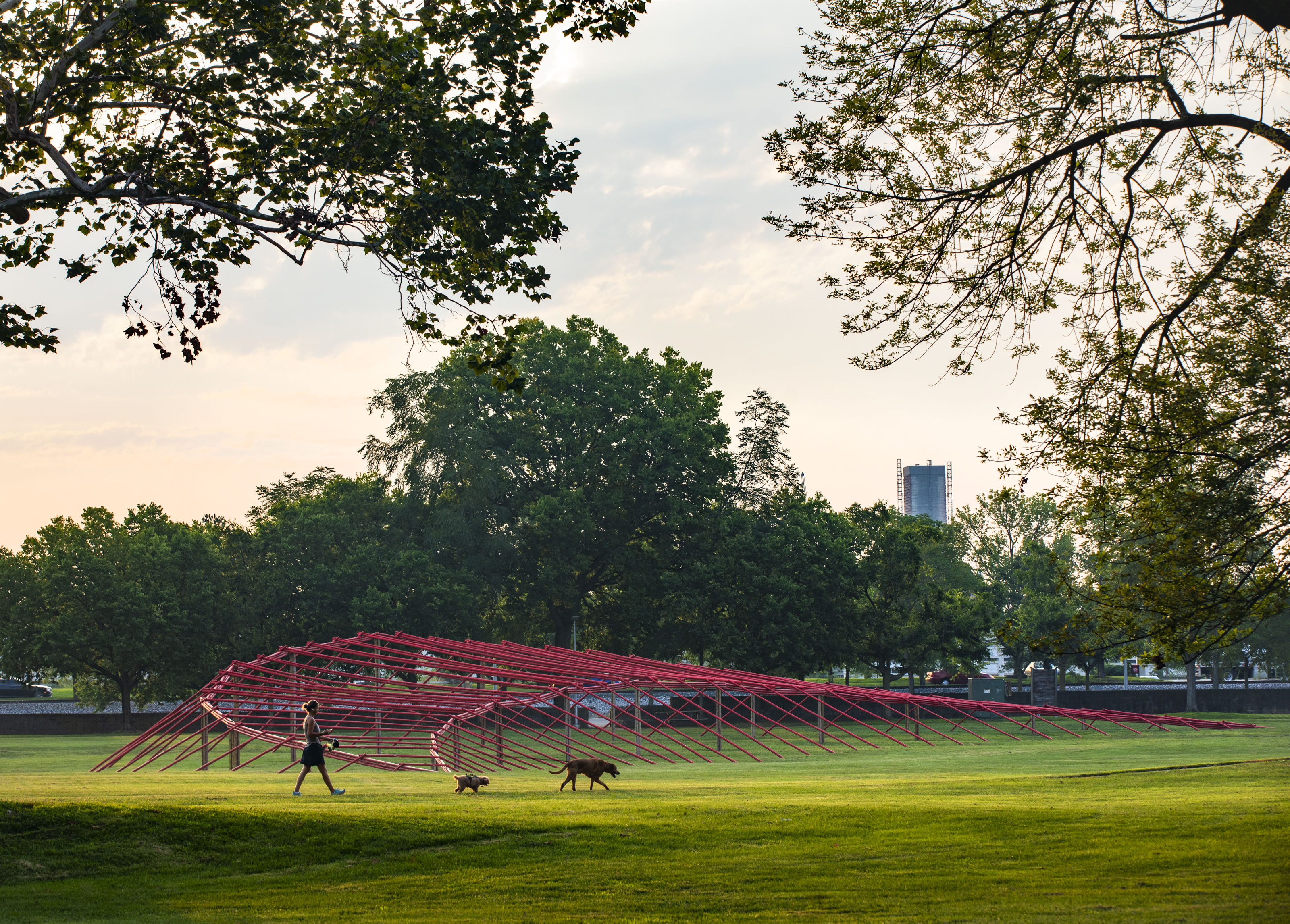 Meet Studio Zewde, the Harlem practice that's creating landscapes 'rooted in cultural narratives, ecology and memory'
Meet Studio Zewde, the Harlem practice that's creating landscapes 'rooted in cultural narratives, ecology and memory'Ahead of a string of prestigious project openings, we check in with firm founder Sara Zewde